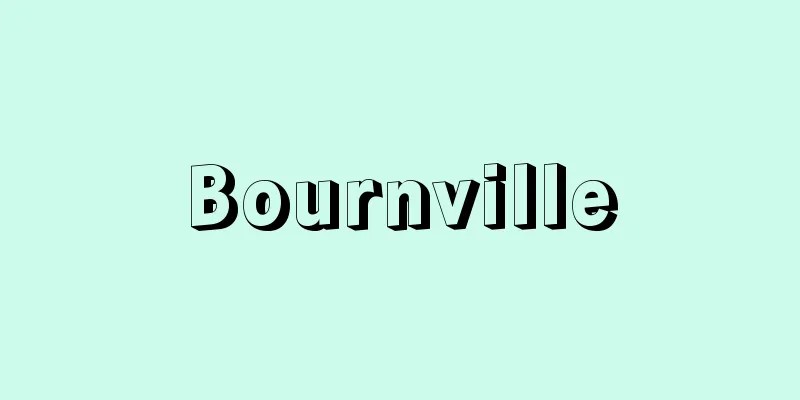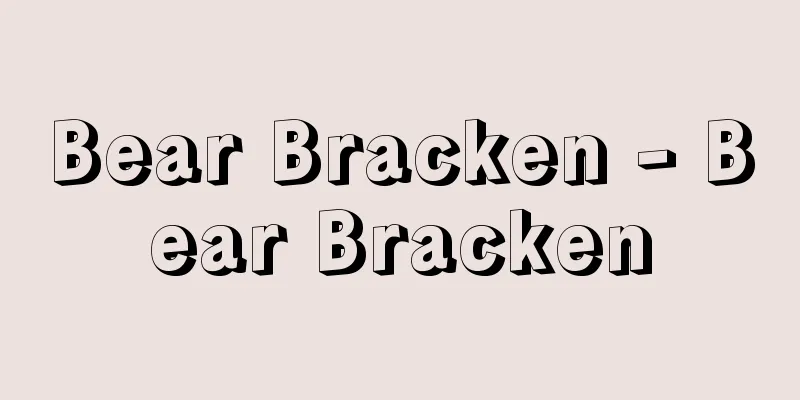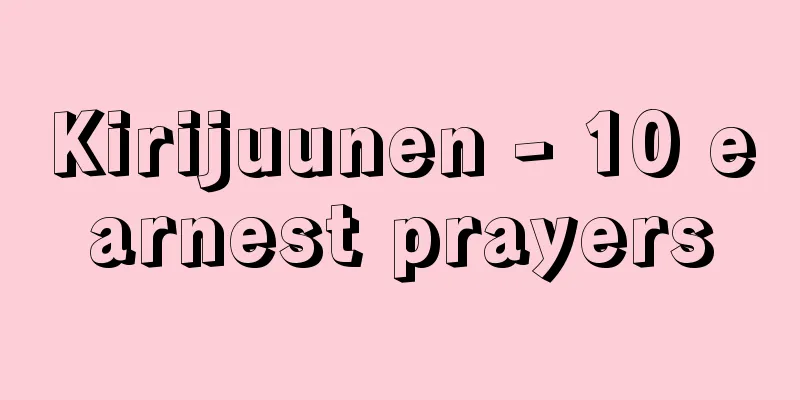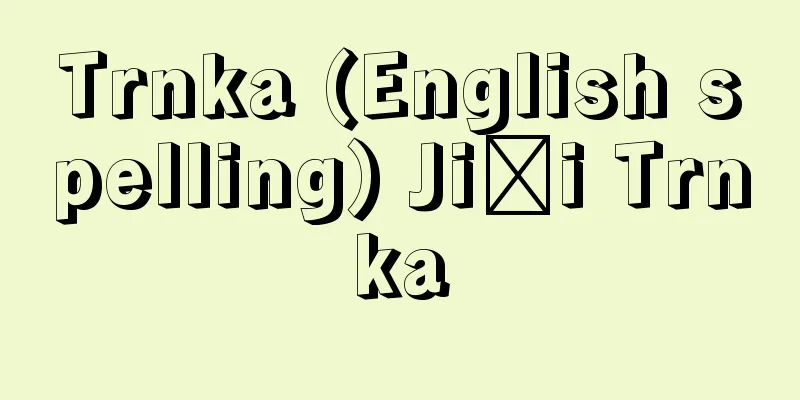Inland water fisheries
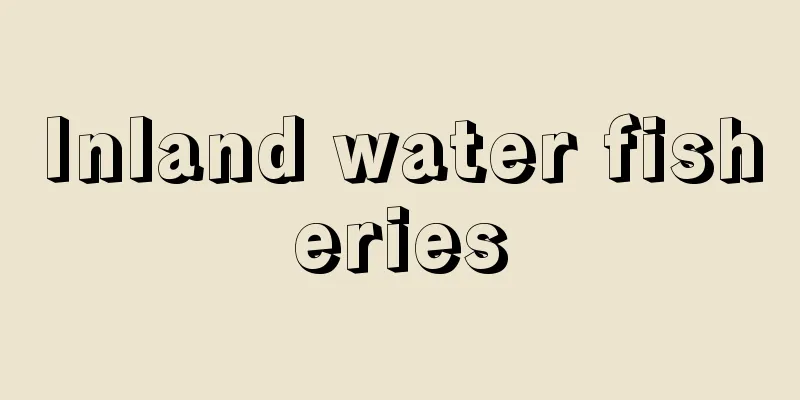
|
Fishing conducted in inland waters such as lakes, rivers, and ponds. A term used in contrast to marine fishing. It is sometimes used to distinguish it from freshwater fishing, but is often used as a synonym. Inland water fisheries are divided into fishing that involves catching marine animals and plants in public inland waters, and aquaculture that involves intensively cultivating marine animals and plants in a certain area of inland waters. In 2010, marine aquaculture accounted for only 21% of the total, but inland waters it accounted for a very large proportion of 49% of the total. Inland water production volume was 79,000 tons in 2010, of which 39,000 tons was the catch, with most of the catch coming from lakes and marshes such as Lake Kasumigaura, Lake Kitaura, Lake Biwa, and Lake Shinji, and rivers such as the Tokachi River, Naka River, Tone River, Shinano River, and Ibi River. Of these, Lake Kasumigaura, Lake Kitaura and Lake Biwa are designated lakes and are treated the same as the ocean under the Fisheries Law, but fishing in brackish lakes such as Lake Shinji and Lake Ogawara is included in inland water fisheries. The number of fishing management entities by type in designated lakes and ponds varies by lake, with gill nets accounting for 38% in Lake Biwa and bottom trawling (bottom trawling) accounting for 85.3% in Lake Kasumigaura and Lake Kitaura. In rivers, fishing and longlines are the most common, followed by cast nets and gill nets. These fishing gears are used to catch salmon, trout, sweetfish, smelt, eels, carp, crucian carp, and clams. The production volume of aquaculture has increased rapidly since around 1960, reaching about 90,000 to 100,000 tons in the few years up to 1986, but has decreased to 40,000 tons in 2008. Eels, carp, crucian carp, sweetfish, rainbow trout, etc. make up a large proportion of the fish that are cultivated. However, the inflow of pesticides, urban wastewater, and industrial wastewater has caused the water quality of lakes and rivers to deteriorate, resulting in a decrease in fish populations. For this reason, in order to protect resources, the industry is actively promoting the protection and proliferation of fish by establishing no-fishing zones and no-fishing seasons, releasing and relocating juvenile fish, and improving habitats. Inland water fishery cooperatives are licensed for Type 5 common fishing rights and manage the waters. Under the Fisheries Law, they are obligated to propagate fish species that are covered by fishing rights, such as sweetfish and carp, but part of the costs are covered by collecting recreational fishing fees from recreational fishermen. According to statistics from 2009, out of the total recreational fishing population of 45 million, 7 million are inland fishermen. However, many of these fishermen prefer a more sporty style of fishing, and there have been cases of unauthorised (illegal release) releases of black bass, smallmouth bass and bluegill, which are carnivorous and highly fertile and are prohibited by law from being released as "specified invasive species," into lakes and ponds across the country, raising concerns about the destruction of the original ecosystems of lakes and ponds. For this reason, efforts are being made to establish and promote a system for preventing the illegal release of invasive species into inland waters. [Kiyoshi Yoshiwara] [Reference] |Source: Shogakukan Encyclopedia Nipponica About Encyclopedia Nipponica Information | Legend |
|
湖沼、河川、池など、いわゆる内水面で行われる漁業。海面漁業に対する語。淡水漁業と区別して用いることもあるが、同義語として用いられる場合が多い。 内水面漁業は、公共の内水面において水産動植物を採捕する漁業と、一定区画の内水面において水産動植物を集約的に育成する養殖業とに分けられる。2010年(平成22)における海面養殖業は全体の21%を占めるにすぎないが、内水面では全体の49%ときわめて大きな割合を占めているのが特徴といえる。内水面生産量は2010年では7万9000トンで、そのうち漁獲量は3万9000トンで、霞ヶ浦(かすみがうら)、北(きた)浦、琵琶(びわ)湖、宍道(しんじ)湖などの湖沼、十勝(とかち)川、那珂(なか)川、利根(とね)川、信濃(しなの)川、揖斐(いび)川などの河川での漁獲が多い。これらのなかで霞ヶ浦、北浦および琵琶湖は指定湖沼として漁業法上では海面と同じ扱いを受けているが、宍道湖、小川原湖などの汽水湖における漁業は内水面漁業に含まれる。指定湖沼における漁業種類別経営体数は湖沼によって異なり、琵琶湖では刺網が38%を占め、霞ヶ浦、北浦では底引網(底曳網)類が85.3%を占めていた。河川においては釣り、延縄(はえなわ)がもっとも多く、ついで投網、刺網(さしあみ)などである。これらの漁具を用いてサケ・マス類、アユ、ワカサギ、ウナギ、コイ、フナ、シジミなどを漁獲している。 養殖業は1960年(昭和35)ごろから生産量が急増し、1986年までの数年間は約9万~10万トンに達していたが、2008年(平成20)では4万トンに減少している。ウナギ、コイ、フナ、アユ、ニジマスなどが養殖の対象魚として高い割合を占めている。しかし、農薬、都市廃水、工場廃水などの流入によって、湖沼や河川の水質が悪化し、魚類が減少するといったことも生じている。そのため、資源を保護する目的で禁漁区や禁漁期の設定、稚仔魚(ちしぎょ)の放流・移殖、生息環境の改善など、魚の保護・増殖を積極的に推進している。内水面漁業協同組合は第5種共同漁業権の免許を受けてその水面を管理し、漁業法に基づいてアユ、コイなど漁業権魚種について増殖義務を負っているが、その経費の一部を遊漁(ゆうぎょ)者からの遊漁料を徴収することによってまかなっている。2009年の統計によると、遊漁人口4500万人のうち700万人が内水面における遊漁者である。しかし、これらの遊漁者のなかには、よりスポーツ性の高い釣り方を好む者も多く、その対象魚として「特定外来生物」として法律で放流が禁止されている肉食性でしかも繁殖力の強いブラックバス、コクチバス、ブルーギルなどを無断で放流(密放流)する例が全国の湖沼でみられ、湖沼本来の生態系の破壊が懸念されている。そのため、これら外来魚の密放流を防止するための内水面外来魚密放流防止体制の整備・推進が図られている。 [吉原喜好] [参照項目] |出典 小学館 日本大百科全書(ニッポニカ)日本大百科全書(ニッポニカ)について 情報 | 凡例 |
>>: Naisui (English spelling) internal waters
Recommend
Raw rice - mackerel
(It is said to come from the Chinese pronunciation...
Department rate - Karit
…In the early Tang Dynasty, the regular taxes wer...
Gyobok - Gyobok
A deciduous or evergreen tropical tree of the Capp...
Katsuta Growth - Katsuta Shigenaga
…Also written as Katsuta clan. They are said to b...
《Kyoto Children's Pursuit》 - Kyowarabe Atooi
...The book is written in the form of a clever bo...
Toga virilis (English spelling)
...Women also wore togas in the early period, but...
Break down - Break down
〘Other Sa 5 (4)〙① ("Uchi" is a prefix) T...
Kitakata [town] - Kitakata
A former town in Higashiusuki District in northern...
Phajus flavus (Bl.) Lindl.
A terrestrial orchid (illustration) that grows on ...
Classical Antiquity - Classical Antiquity
This concept was coined by modern Europe, who con...
Auspicious Sea Clouds
…It is also written as Manji or Manji. In Sanskri...
Gori - Gori
It is the local name for certain freshwater gobie...
Song Jiang - Souko
The name of the leader of 108 bandits who appears...
"Encyclopedia of Islam" - Isuramuhyakkkajiten
...However, Islamic studies, which have since shi...
Hairon - Hairon
This refers to theories on haikai and haiku. They...


